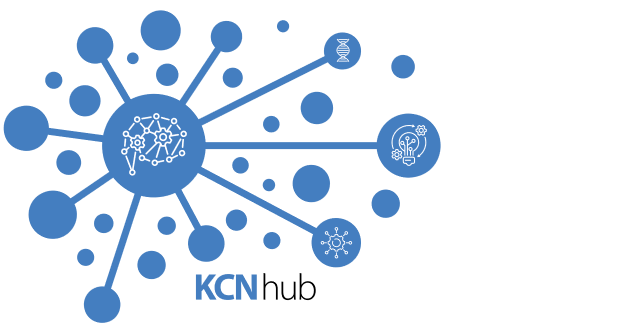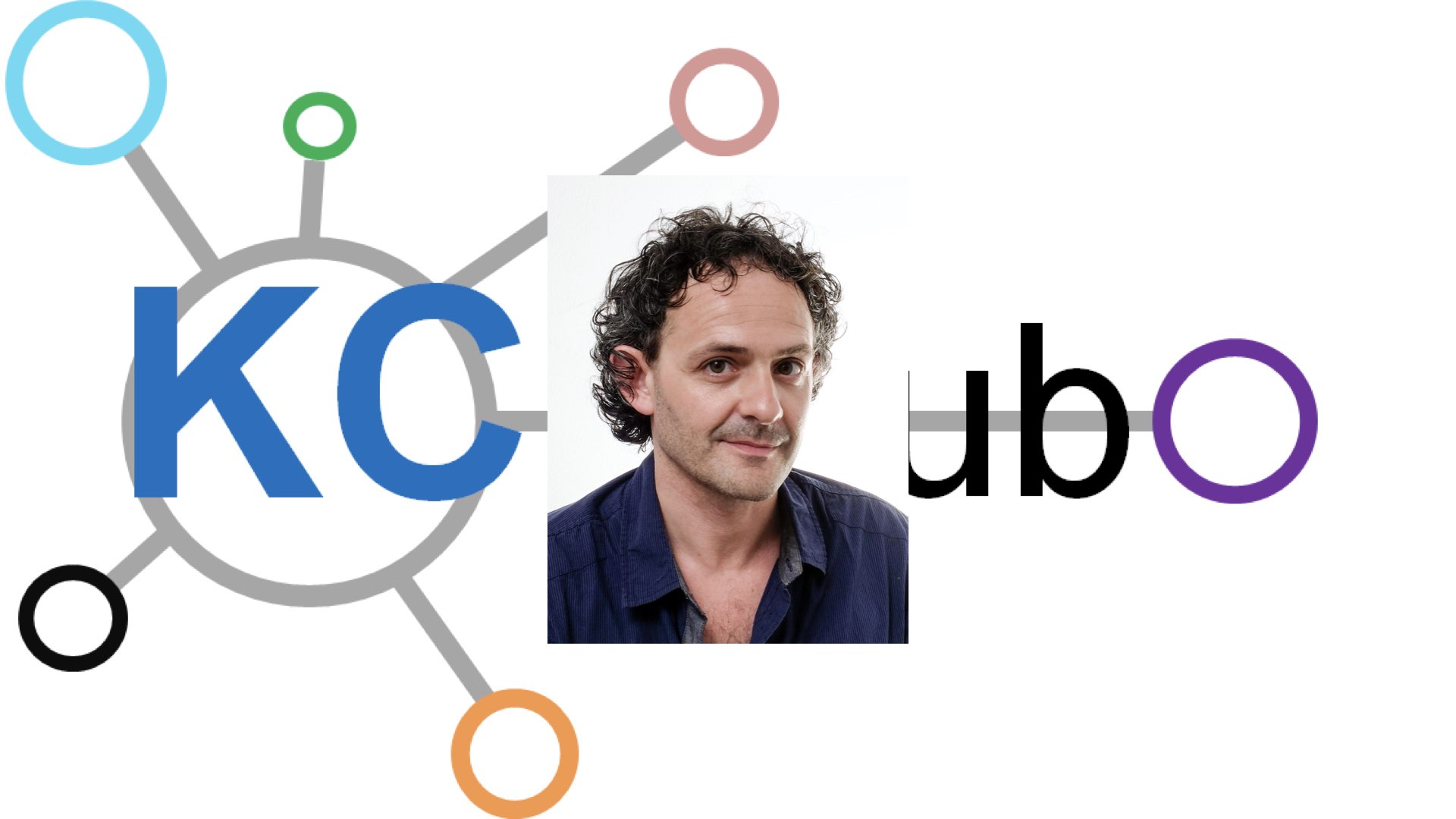Bridging the gap between structural and (dys)functional connectivity
Abstract
Brain networks communicate by anatomically organized local microcircuits and long-range connections. Multi-scale anatomical organization of the brain networks dynamically coordinate circuit functions across the different spatial-temporal scales for specific brain functions. Therefore, the structural organization of the brain networks has been mirrored into the concept of functional networks, which reflect the statistical relation existing between the activity of distinct brain regions or neurons. Ultimately, understanding the way the brain operates requires bridging the gap between structural and functional connectivity. In my talk, I will provide multi-scale and multi-modal evidence on how spontaneous activity dynamics interpreted within the complex networks' framework capture the key structural-functional circuitries’ under physiological and pathological conditions. I will overview published and preliminary results on the hippocampal neural hubs (revealed by calcium imaging1), brain modules (revealed by MRI2) and astrocyte-driven reversible aberrant connectivity (in cerebellar ataxia3). Finally, I will propose a multi-scale neurogenesis hypothesis on brain nodes’ hubness with supporting preliminary evidence from human brain networks and in relation to transcriptomics and neuro-pathologies.
Bonifazi P, et al. GABAergic hub neurons orchestrate synchrony in developing hippocampal networks. Science. 2009 Dec 4;326(5958):1419-24
Diez I., et al. A novel brain partition highlights the modular skeleton shared by structure and function. Sci Rep. 2015 Jun 3;5: 10532. doi: 10.1038/srep10532.
Kanner S, et al. Astrocytes restore connectivity and synchronization in dysfunctional cerebellar networks. PNAS, July 2018, 201718582; DOI: 10.1073/pnas.1718582115
Bio sketch
My research interests are focused on understanding the relationship between structure and function of brain circuits and networks, with a special attention on how neural systems elaborate, compute and communicate information at the different spatial scales (from synapsis to large brain networks), and on the impact of neurological diseases. I can summarize my research track in two major experimental lines, developmental (in-vitro) micro-circuits and neuro-engineering, and two computational ones, human brain networks and micro-circuit modelling.
My multi-disciplinary education and scientific training, with a first degree in Physics and a PhD in Neuroscience, support such research approach which combines at the micro-circuit level simultaneous recordings of dozens to hundreds of cells in neuronal circuitries using multi-electrode arrays and/or calcium imaging, targeted intracellular electrophysiological recordings (patch-clamp), immunochemistry, optogenetics and data analysis and models based on complex networks.
In a pioneering study on developing hippocampal circuitries started in 2007 at INMED (Marseille, France), the application of the above-described approach in combination with on-line complex networks analysis allowed to demonstrate the existence and impact of hub neurons on circuits synchronization (research supported by a Marie-Curie Intra-European Fellowship and published in the journals Science, Neuron and reviewed in TINS).
In 2010, and until 2015, I joined the group of late prof. Eshel Ben-Jacob, a world-wide known physicist of complex systems, at the Tel Aviv University. During this time, I have been Principal Investigator within the Italy-Israel joint laboratory on Neuroscience and the “BRAINBOW” project (FET-OPEN EU FP7) aiming at developing a Neuromorphic chip for brain circuits’ repair. This research led to five publications (three of which as corresponding author).
In July 2015, I joined the Computational Neuroimaging group at the Biocruces Bizkaia (Bilbao, Spain) as an Ikerbasque Tenure-Track, where I challenged my scientific research opening a new line of research on the macro-scale brain networks, based on my firm believe that understating how brain circuits operate require a multi-scale approach trying to bind activities emerging from microcircuits to larger brain network dynamics. In July 2019 I have been finally evaluated and tenured as an Ikerbasque Research Associate. During the time at Biocruces Bizkaia, I provided new evidence on the structural-functional match in resting-state brain networks (Sci. Rep. 2015) and I discovered the major role of the fronto-striato-thalamic circuit in brain aging (HBM, 2018). In addition, I have been leading as PI a project aimed at studying the multi-scale nature of epileptic networks in human patients combining deep electrode recordings and magnetic resonance imaging (funded by Spanish Ministry). The results of this study (under publication) provide new tools for more accurate and non-invasive identification of epileptic networks.
Throughout the tenure track, I also kept working on micro-circuits, and in one of my most recent work (PNAS, 2018), we provided an in-vitro demonstration of how astrocytes can restore connectivity and synchronization in dysfunctional networks, specifically in cerebellar circuits from a murine model of Ataxia Telangiectasia. This study represented one of the few clear evidence in the literature of how astrocytes impact the structural and functional topology of neuronal circuits, with dysfunctional astrocytes leading to patho-topological circuits’ connectivity. In addition, in my latest work on neuro-engineering (Sci. Rep. 2020), we provided evidence of real-time information transfer between artificial and biological neuronal networks using patterned optogenetics and multi-electrode recordings in-vitro.
More recently, I opened a new line of research on pathological structural-functional circuits’ architecture in animal models of epilepsy, both in-vivo and in-vitro. Specifically, I am using an established model of temporal lobe epilepsy in mice (through Kainate Acid injections in the hippocampus) to look longitudinally at the onset of epileptiform activity using in-vivo calcium imaging with mini-scope in non-anesthetized freely moving animals. In addition, I am using an in-vitro model of epilepsy based on organotypic hippocampal slices temporally cultured with GABAergic antagonists, to look at circuit’s reorganization and structural changes revealed by post-hoc staining. The above projects are funded by “AYUDAS JUAN DE LA CIERVA-FORMACIÓN 2018” (Spanish Ministry for Science and Innovation).
Since 2010 I have been reviewing papers for the Journal of Neuroscience, Frontiers Media, Journal of Neural Engineering and Plos Media and grants for EU funded projects. My international network of highlighted collaborators counts on Dr. Rosa Cossart (INMED, INSERM; Marseille) Prof. Y. Ben-Ari (INSERM, Neurochlore, Marseille, France), Prof. Alessandro Torcini (Université de Cergy-Pontoise, Cergy-Pontoise, France), Prof. M. Chiappalone (IIT, Genova, Italy), Prof. P. Massobrio (University of Genova, Italy), Prof. T. Levi (university of Bordeaux, France, and University of Tokyo, Japan), Prof. Ari Barzilai (Tel Aviv University), Prof. Amanda Sierra (Ikerbasque Professor, Achucarro Insitute, Bilbao), Dr. Antonio Gil-Nagel Rein (Internationl Ruber Hospital, Madrid), Dr. Antonio Oliviero (Hospital Nacional de Parapléjicos, SESCAM, Toledo), Prof Mazahir Hasan (Ikerbasque Professor, Achucarro Insitute, Bilbao), Prof. Juan Manuel Encinas (Ikerbasque Professor, Achucarro Insitute, Bilbao), Prof. Vincent Torre (SISSA, Trieste, Italy) and more.
Since 2014 I hold the Italian National Scientific Qualification for Associate Professor of Physiology and Applied Physics, and I have been supervising first degree students (9), masters students (2), PhD students (3) and post-doctoral fellows (2). I have been attracting competitive funds mostly from National (Spanish) and European institutions (FET-OPEN and Marie Curie calls).
See below for link to join via zoom:
Join Zoom Meeting
https://utoronto.zoom.us/j/82545093361
Meeting ID: 825 4509 3361
Passcode: 004389

